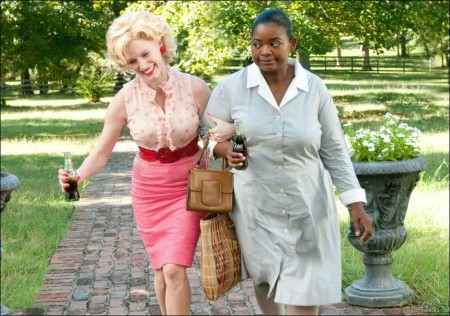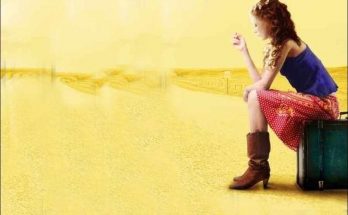“The South is an oppressive, complicated, beautiful, tragic, loving place all in one bundle. And being there as a group, like we were in summer camp, really bled into these performances and into the film.” —Tate Taylor, director
“The Help” is set in Mississippi, and although a fictional story, it takes place during one of the most important eras in our country’s cultural history—the changing times of the 1960s.
Director and screenwriter Tate Taylor knew from the beginning that “The Help” had to be filmed on location in Mississippi. He wanted to capture the period of time in a very honest and entertaining way and that could not be accomplished on a movie studio back lot.
Taylor explains, “Mississippi is a character itself. Everyone here has some eccentric, eclectic characteristic to them. It’s a fun place. Just look at the storytellers who have come from the South. A lot of their fame and accolades are just because they were writing about what life is like here. They didn’t invent anything. They are commenting on the South. There is no other place quite like it.”
The producers agreed with Taylor’s premise that Mississippi itself is a character in the film, and though filming in the heat of a southern summer would be challenging, they set out to find the perfect representation of what the South looked like in 1963. When they discovered the small town of Greenwood, Miss., they knew that they had the ideal setting. Producer Brunson Green recalls, “Tate and I are Mississippi natives, so we knew we could accomplish a complete and genuine look there.
Along with our production designer, Mark Ricker, we set out on a road trip across Mississippi and searched for five days for the perfect spot. When we finally arrived in Greenwood, we saw that the 1960s Jackson has remained intact. Everything fit—we saw Skeeter’s and Hilly’s houses, and the abandoned ballroom where we could hold the benefit. It was at that point we knew Greenwood was the right place, and the town opened their homes and their hearts to the entire production.”
Producer Michael Barnathan comments, “Greenwood is an interesting place. It is like stepping back in time. It affected the movie in a big way and I don’t think we could have made the same movie if we were shooting it somewhere else. It was inspiring to be there.”
Equal distance between Jackson, Miss., and Memphis, Tenn., Greenwood provided the filmmakers exactly the authenticity of time and place they were looking for. Production designer Mark Ricker (“Conviction,” “Julie and Julia”) searched the local area for the perfect exterior locations for the characters’ homes and then created interiors that represented the feel and look of the ’60s and that were true to the characters’ personalities and lifestyles.
Commenting on the benefits of shooting in Greenwood from a production-design point of view, Ricker says, “It’s my job and my department’s job to become the expert on 1963 Mississippi, and when you are trying to create a period film about such a specific place and can be in that place with the people who live there, you get to eat their food, you can go into their houses that are historically accurate and amazing, and it does enrich the production design.”
Mississippi is nothing like the neighboring state of Louisiana either. The architecture changes when one crosses the Mississippi River. “You can drive around and see the cotton fields here, but they are just cotton fields. The real difference I noticed was in the houses. You can’t find Mississippi houses in Louisiana. They are just different,” says Ricker.
The filmmakers found practical locations for the Phelan Farm, Hilly’s House, Elizabeth’s House, the Foote Mansion, the Robert E. Lee Hotel and Aibileen and Minny’s houses all in Greenwood or neighboring towns.
For the actors, shooting in Mississippi gave them a different perspective, which helped in building their characters.
“Mississippi’s another character,” says Viola Davis. “You feel the ghosts of the past. You feel the ghosts of all the people who died with unrealized hopes and dreams. You feel it in every fiber, in the heat, in the homes and in the faces of people who live here. It informs your character in a way that wouldn’t have been informed if you were shooting in L.A. And, I hope that people see that when they see the film.”
“It’s about taking the audience to a time and place,” sums up Chris Columbus. “All the films that have done it well have made it feel real. And that’s what I think Tate did so beautifully.”
Related Link: Everything You Want to Know on The Help Movie
Views: 497




